LGBTQ+ Youth: Unsheltered and Unstable housing
Note: the term “unhoused” is sometimes used in replacement of “homeless.”
According to multiple sources, LGBTQ+ youth are disproportionately impacted by homelessness (Choi, Wilson, Shelton, & Gates, 2015; Durso & Gates, 2012; Morton, et al., 2018; Baams et al., 2019). True Colors United estimates that 7% of US youth are LGBTQ+ while 40% of LGBTQ+ youth are unhoused. This proportion means that LGBTQ+ youth are nearly five times more likely to experience unstable housing or homelessness than the general population. There are four main factors contributing to this overrepresentation:
Family Conflict
According to The Trevor Project, 14% of LGBTQ+ youth were kicked out or abandoned. 40% of those instances were due to sexual orientation or gender identity. 16% of LGBTQ+ youth ran away. 55% of those instances were due to mistreatment or fear of mistreatment due to sexual orientation or gender identity.
Aging out of Foster Care
LGBTQ+ youth who reported past housing instability or are currently unhoused had nearly 6 times greater odds of reporting that they had been in foster care at any point in their lives.
Poverty
Overall, the LGBTQ+ community is more likely to experience poverty than cisgender and heterosexual people. Looking at data from 2020, 23% of LGBT people lived in poverty compared to 16% of non-LGBT people.
Shortages of Shelters and Housing Programs
On any given night in Michigan, there are 8,206 people who are unhoused. While there are 184 homeless shelters in Michigan, there would have to be about 45 open beds in each of these shelters to house all of these people.
Watch this video to learn more about LGBTQ+ youth who are unhoused and how you personally can make an impact.
While many policies in Michigan have been put into place for LGBTQ+ acceptance, there is still much work to be done across the US. Policy change against systematic oppression is needed in order to eliminate youth who are unhoused in the LGBTQ+ community. Here are some recommendations from Mel Moore, an activist, on how policy can help eliminate barriers:
Social support instead of criminalization for life sustaining activities out in public. According to the National Coalition for the Homeless, criminalization activities may include:
Confiscating personal property (tents, bedding, medications etc.)
Criminalization of panhandling (begging for money)
Criminalization for publicly sharing food with the homeless
Enforcing a “quality of life” ordinance relating to hygiene
Research suggests that 48 states in the US has at least one law criminalizing homelessness activities. If we truly want homelessness to be resolved, a focus should be placed on how to provide housing and stability rather than criminalization of life sustaining activities.
Ban conversion therapy in all states. Currently, 22 states have a ban on conversion therapy. Conversion therapy is the attempt to change one’s sexual orientation to straight or one’s gender identity to cisgender. Studies have not shown conversion therapy to be effective but have proven this therapy to be very harmful. Watch this video to learn more about conversion therapy. Conversion therapy can contribute to family conflict, which can lead to further stigmatization and unsafe home environments.
Support organizations that advocate for policy change to end homelessness at the local, state, or global level. Below are a list of advocacy organizations:
Kent County: Coalition to End Homelessness
Michigan: Michigan Coalition Against Homelessness
United States: National Coalition for the Homeless National Runaway Safeline
LGBTQ+ Specific: True Colors United Chosen Family of West Michigan
Resources
How can I help?
Do you need help?
National Homeless Shelter Directory
Locate a Homeless Youth Shelter
Concerned Adults
Service providers

